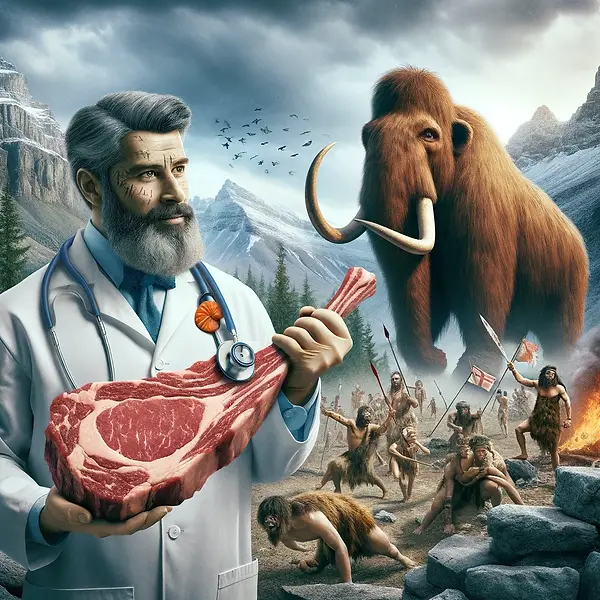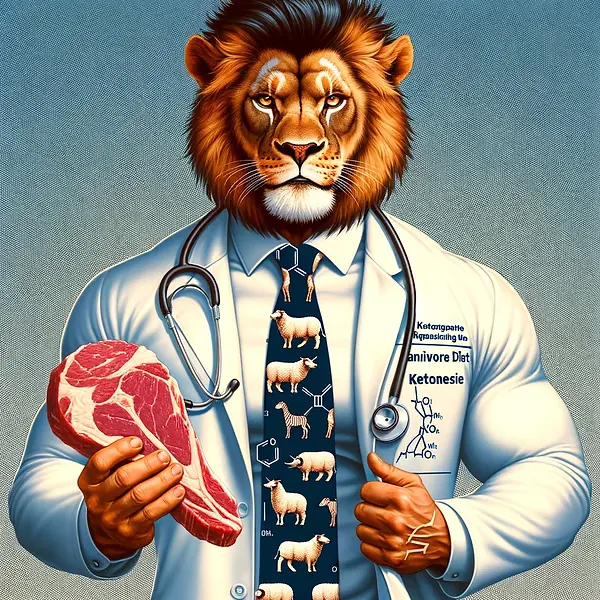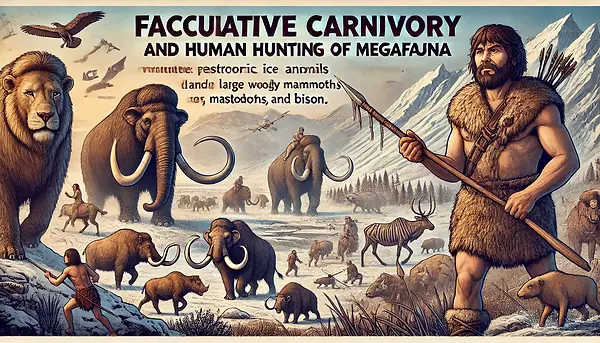
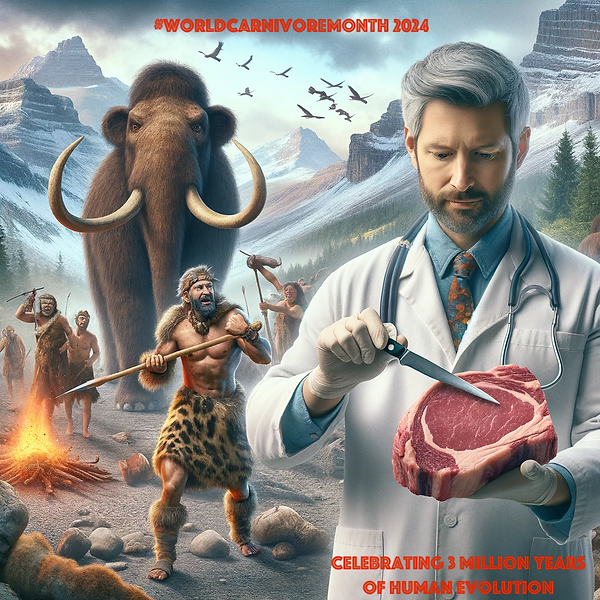
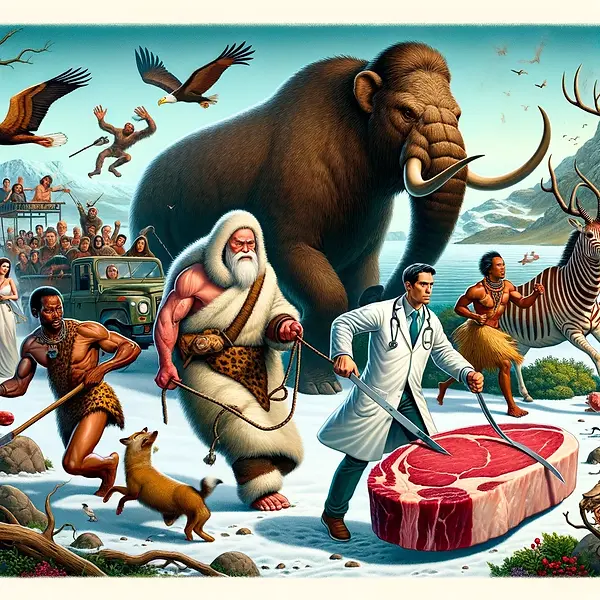
Title:
Human-like Cmah inactivation in mice increases running endurance and decreases muscle fatigability: implications for human evolution
Abstract:
Compared to other primates, humans are exceptional long-distance runners, a feature that emerged in genus Homo approximately 2 Ma and is classically attributed to anatomical and physiological adaptations such as an enlarged gluteus maximus and improved heat dissipation. However, no underlying genetic changes have currently been defined. Two to three million years ago, an exon deletion in the CMP-Neu5Ac hydroxylase (CMAH) gene also became fixed in our ancestral lineage. Cmah loss in mice exacerbates disease severity in multiple mouse models for muscular dystrophy, a finding only partially attributed to differences in immune reactivity. We evaluated the exercise capacity of Cmah−/− mice and observed an increased performance during forced treadmill testing and after 15 days of voluntary wheel running. Cmah−/− hindlimb muscle exhibited more capillaries and a greater fatigue resistance in situ. Maximal coupled respiration was also higher in Cmah null mice ex vivo and relevant differences in metabolic pathways were also noted. Taken together, these data suggest that CMAH loss contributes to an improved skeletal muscle capacity for oxygen use. If translatable to humans, CMAH loss could have provided a selective advantage for ancestral Homo during the transition from forest dwelling to increased resource exploration and hunter/gatherer behaviour in the open savannah.
Details
https://doi.org/10.1098/rspb.2018.1656
4. Discussion and conclusion
Hominin evolution is like a bush, with many lineages of hominins coexisting throughout much of the past 6 Myr [45,46]. While hominin bipedalism emerged early and possibly more than once, CMAH loss [19,20] occurred later and roughly coincides with the major biomechanical and environmental changes that took place as hominins probably transitioned to a more carnivorous diet [1–3,47]. Such a transition could have been greatly facilitated by an increase in the capabilities of ancient hominins to perform persistence hunting and explore a wider range for resources. For this reason, the exact timing of CMAH loss in the fossil record is of interest, and a method to measure a stable Neu5Gc metabolite in 4 Myr-old fossil material has recently been developed [48].
Emulating human CMAH loss in mice generates an increased capability to use oxygen. This is most evident by an increase in endurance running performance, muscle fatigue resistance in situ and myofibre respiration ex vivo. Importantly, these differences appear to be completely independent of differences in biomechanics or eccrine sweat glands already associated with the success of humans for long distance running compared with other vertebrates [5]. At least part of this difference in oxygen use could be owing to a difference in baseline skeletal muscle capillarity. This was observed in the more oxidative soleus but not the more glycolytic plantaris. Notably, the soleus is a highly oxidative slow twitch muscle compared with most muscles in a mouse and more closely resembles the type 1 and type 2A fibre type distribution prevalent in humans and other relatively large mammals [49,50]. Compared to other primates, human muscle also contains a greater proportion of myosin heavy chain I (MHC I) fibres [15,51] and likely associated capillaries, another predictor of human endurance [52]. Increasing the number of capillaries supplying each myofibre increases vital nutrient and oxygen availability to mitochondria during periods of prolonged endurance exercise or providing resistance to muscle fatigue as we measured in situ [38,40,53–56]. In this regard, a comparable performance of muscle fatigability ex vivo further strengthens the hypothesis that greater oxygen availability contributes to the superior muscle fatigue resistance measured in situ in mice with Cmah loss [57–59]. This is supported by the technical limitation in detecting small differences in O2 use ex vivo owing to the known diffusion limitations in isolated muscles externally bathed in an O2-saturating solution [60]. The observed increase in ADP-stimulated OXPHOS of saponin-permeabilized muscle fibre bundles, however, does suggest that Cmah−/− myofibres have a higher capacity to use O2.
The heat map of metabolites illustrates a major effect of exercise adaptation on the muscle metabolite profile. Although there is no significant difference in the citric acid cycle metabolites measured (citrate, malate and succinate) between WT and Cmah−/− exercise-adapted mice, greater increases in anabolic amino acids such as the BCAAs, leucine and isoleucine, were observed in Cmah−/− exercised muscle. In addition to their anabolic effects after physical exercise [61], increased muscle BCAA can also prevent oxidative damage and enhance physical endurance in mice [62]. The higher prevalence of metabolites of the anabolic pentose phosphate pathway in Cmah−/− exercised mice could also help to combat oxidative stress [63–66].
One of the disparate clues that lead us to test endurance capacity in Cmah−/− mice was the finding that when crossing this genotype into the human-like Duchenne Muscular Dystrophy mouse model (mdx), Cmah−/−/mdx mice display a much more severe and human-like muscular dystrophy pathology [26,27]. The C/EBP family of transcription factors connect changes associated with metabolism [67] to the inflammatory response [68,69] and muscle wasting [70]. We have previously shown that the family member (C/EBPβ) could be modulated simply by causing uptake and metabolic incorporation of Neu5Gc into macrophages ex vivo [29] and that C/EBPβ was differentially expressed in WT versus Cmah−/− macrophages. Alterations in macrophage C/EBPβ expression or activity during the development and/or polarization of macrophages could be a contributing factor towards the differences in baseline capillary to muscle fibre ratios observed in the soleus muscles of Cmah−/− mice [71]. Previously reported genechip analysis revealed that the expression of another C/EBP family member (C/EBPδ) and the transcriptional activity of CREB1 are upregulated in Cmah−/− gastrocnemius muscle compared to WT controls [26].
The single oxygen atom added to Neu5Ac by CMAH generates Neu5Gc, and this conversion from an acetyl group to a glycolyl group probably alters the amphipathicity and/or charge of the primary sugar molecule as well as the macromolecules carrying them at the membrane surface. We believe that surface Neu5Gc loss could increase membrane surface hydrophobicity, which could facilitate a greater oxygen diffusion rate, but this is difficult to test. On the other hand, the intracellular turnover of these sialic acids would generate acetate and glycolate, respectively, which could intrinsically alter cellular metabolic flux. Sialic acid-binding proteins and sialidases can also differentiate between the two types of chemical structures. Given that the great majority of self-surface and secreted molecules of all cell types (including muscle) express such sialic acids (often at high densities), the loss of Neu5Gc (and the resulting excess of Neu5Ac) in the hominin lineage is likely to have had multiple effects on multiple pathways and systems. Thus, there are many mechanisms possible and we have only begun to explore some of them. Our current work suggests that there were probably complex multilevel effects of Cmah loss on skeletal muscle and vascular physiology during the evolution of hominins. Integrated changes in the O2 transport system provide a greater capability for long distance running in vivo, resistance to muscle fatigability in situ and greater maximal ADP-stimulated OXPHOS in skeletal muscle, despite no measurable difference in fatigue resistance ex vivo. These data suggest a critical role for oxygen delivery and use in the muscle endurance phenotype.
Given that Neu5Gc loss altered the surfaces of almost all cells in the body, it is not surprising that no single mechanism can fully account for the increase in spontaneous exercise and maximal endurance observed in Cmah−/− mice. Further study of all components of the integrated oxygen transport system, including cardiac function, are needed. For the time being, given the timing of the mutation and the potential relevance of its fixation to the emergence of the genus Homo, it is reasonable to speculate that this mutation may have been essential for running faster and further. Thus, the emergence of an endurance phenotype critical to our ancestral lineage: an increased range for resource exploration and the ability to chase down prey over long distances.
Hypothesis:
If translatable to humans, CMAH loss could have provided a selective advantage for ancestral Homo during the transition from forest dwelling to increased resource exploration and hunter/gatherer behaviour in the open savannah. (I.E. hunting animals using persistence hunting, tracking, chasing)

